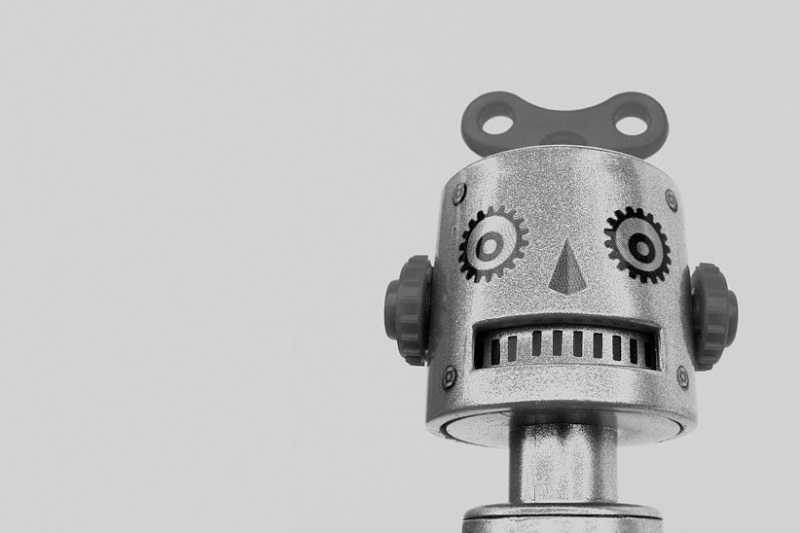The robots are coming

Last week I attended an event at the University of Lincoln’s National Centre for Food Manufacturing, hosted by OAL, to hear how robotics and automation are set to change the future of food processing.
Worldwide shipments of multipurpose industrial robots were forecast to exceed 207,000 units in 2015, up from around 159,000 in 2012. Demand for robots in China reached 45,000 units in 2014 and is projected to exceed 100,000 units by 2017. By contrast, the current market for robots in the UK is closer to 1,500 robots per year; just three per cent of the current Chinese demand.
Explaining that the UK food industry is responsible for just four to eight per cent of current purchasing, Jeff Nowill of Kuka Robotics stressed that there is a compelling argument now to use robotics in the food and drink industry, and that few industries are as appropriate to an industry 4.0/smart factory solution as the food and drink supply chain.
He gave these arguments in favour of the use of robots in the market:
- Availability in excess of 99.99 per cent
- Operator safety
- Service life circa. 10 years+
- Reduced wastage and increased quality, as a robot is positionally repeatable to +/- 0.05mm
- Small robots start at 50 per cent of UK average wage
- Reduced worker movement to and from production areas
- Flexible manufacturing (industry 4.0)
- Absolute product traceability
- Difficulty with manual labour negated – potential for injury, repetitive tasks and the high speed of lines.
The day also saw the launch of a modular robotics and automation manufacturing cell at the campus. The collaboration between the university and OAL has resulted in the development of the Automated Processing Robotic Ingredient Loading (APRIL) robotic chef, which uses modern cooking and material handling technologies to process ingredients on an industrial scale.
Analysis of existing chilled food plants indicates a seven to 14 per cent bottom line improvement is possible following adoption of this technology.
Mark Swainson, head of research at the campus, says, “So many food manufacturing set-ups right now are running on technologies that are 20 to 30 years old; a lot of traditional cook-chill, cook-freeze systems so products can be held for long periods of time; they can be over mixed and over processed.
“With this process we are looking to emulate the chef in the kitchen but in a large scale batch robotic environment, which brings with it labour and product benefits.”
Typical applications include soups, sauces and ready meals, where this technology can be used to optimise liquid food processing. Find out more here.



